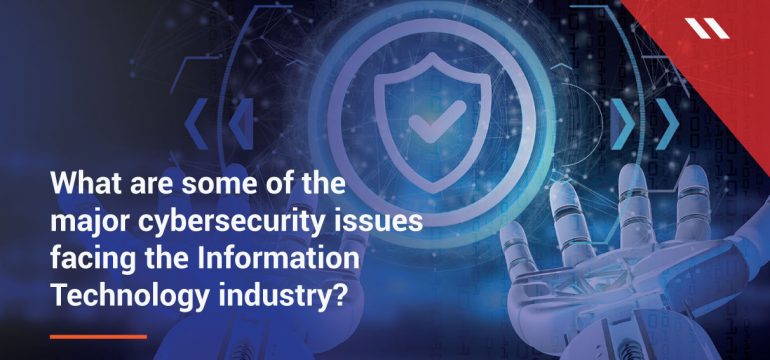The Information Technology (IT) sector has snowballed into an extremely profitable and revenue-generating entity in a relatively small amount of time. IT is single-handedly responsible to initiate and implement digitalization ensuring that a very large amount of information gets converted from a manual to a digital format. The industry’s involvement, especially in the avenues of processing data has automatically made it a sought-after target for cyber attackers.
Typically, cybercriminals like to target industries where the repercussion of a cyberattack will be immense and the stolen data will be valuable. By targeting the IT sector, they naturally suffice their purpose of attacking large industries with a huge workforce – something that can impact an entire nation’s economy.
The growing threat is confirmed by the numbers itself – according to Seqrite’s Quarterly Threat Report from the second quarter of 2019, IT/ITES companies were the fourth largest target for cyberattacks at 6.15% of the total malware attacks for that quarter.
But this risk can be significantly averted if the IT sector empowers itself to tackle this growing threat. The first step is assessment and hence, the IT sector must ensure it is in the position to deal with some of the biggest cybersecurity threats that plague this sector.
- Skills gap
According to a recent workforce assessment survey, 59% of organizations had vacant cybersecurity positions – Frost & Sullivan forecasts a shortfall of 1.5 million by 2020 globally. This statistic sharply illustrates a major problem the IT sector is facing when it comes to cybersecurity; the daunting and ever-increasing skills gap.
Skilled cybersecurity personnel are in huge demand but the supply doesn’t seem to keep up. That is why organizations in the IT sector must keep exploring ways to overcome the skills gap by investing in regular training and upskilling programs.
- MaaS as an Advanced Persistent Threat
As per the analysis of Seqrite’s annual threat reports, it is predicted that the evolution of RaaS (Ransomware as a Service) which is a form of MaaS (Malware as a Service) is pointing towards the future possibility of an ‘As a Service model’ for Advanced Persistent Threats (APTs).
What this would hypothetically mean is that malware authors could quite likely pivot to searching for generic loopholes in high-profile sectors like IT/ITES. These could then be sold as a well-organized attack vector to those willing to pay. Governments or anti-state actors could take use of APT as a service to get information or infiltrate different departments of IT companies.
- Data breach
Remember the huge Equifax data breach in 2017? Apart from major reputational and operational damage, it was also responsible for major financial setbacks.
Recent reports suggest that the American organization will have to pay about $700 million as part of a global settlement over the data breach. Recent, Indian IT company Wipro also admitted that they had suffered a high-profile data breach.
Companies in the information technology sector must take cognizance of this growing threat as the amount of valuable data they possess makes them very vulnerable to this threat.
- Insider Threats
The IT sector witnesses a constant flux of employees – an endless cycle of attrition and hiring. Employees, current and previous, are instrumental in many instances of accidental or purposeful data leaks. This phenomenon is commonly known as insider threats.
Insider threats pose a major problem for the IT sector, thanks to the number of people with access to confidential data. Employees may switch between different projects for different clients which means they have access to confidential client information.
If this information gets leaked either advertently or inadvertently, it could pose a huge problem for their respective companies.
Keeping all these threats in mind, it is imperative that the IT sector embraces the challenge and keeps upgrading its cybersecurity solutions. They can consider investing in solutions like Seqrite’s Endpoint Security (EPS), a simple and comprehensive platform to protect enterprise networks from advanced threats, and Unified Threat Management (UTM), a one-stop solution for all enterprise security needs.




